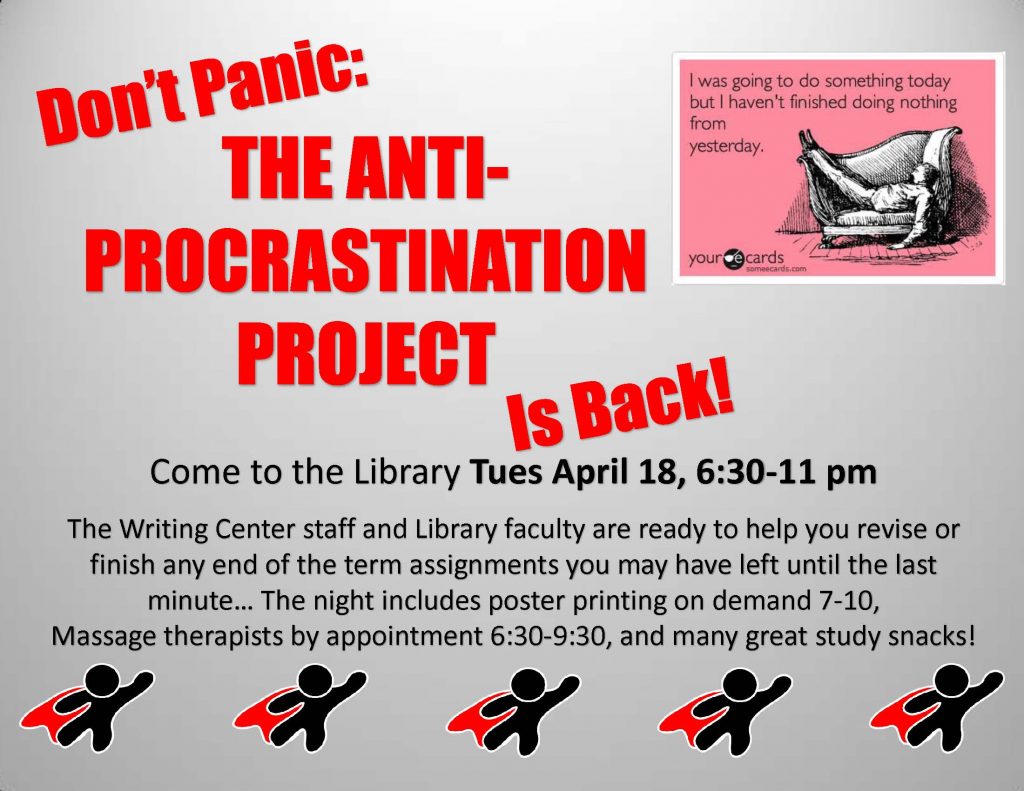We’ve talked about ways to identify bias in individual sources like books and articles in magazines and journals. But what if we take it to a meta level and talk about the bias that may or may not come about when some manuscripts are published and others are not.
Peer review is the process through which experts in a field ensure the quality of a publication and it is largely successful. That doesn’t mean it isn’t flawed, however. Getting published isn’t easy and some manuscripts have been denied publication because the theories or ideas presented don’t match with editors’ or reviewers’ perspectives.
This kind of bias is called publication bias, and some argue it can affect how facts come to be in science. Here’s an excerpt from a recently published piece:
“Arguing in a Boston courtroom in 1770, John Adams famously pronounced, “Facts are stubborn things,” which cannot be altered by “our wishes, our inclinations or the dictates of our passion.”
But facts, however stubborn, must pass through the trials of human perception before being acknowledged—or “canonized”—as facts. Given this, some may be forgiven for looking at passionate debates over the color of a dress and wondering if facts are up to the challenge.
Carl Bergstrom believes facts stand a fighting chance, especially if science has their back. A professor of biology at the University of Washington, he has used mathematical modeling to investigate the practice of science, and how science could be shaped by the biases and incentives inherent to human institutions.”
Read more at: https://phys.org/news/2016-12-scientific-facts-false.html#jCp








